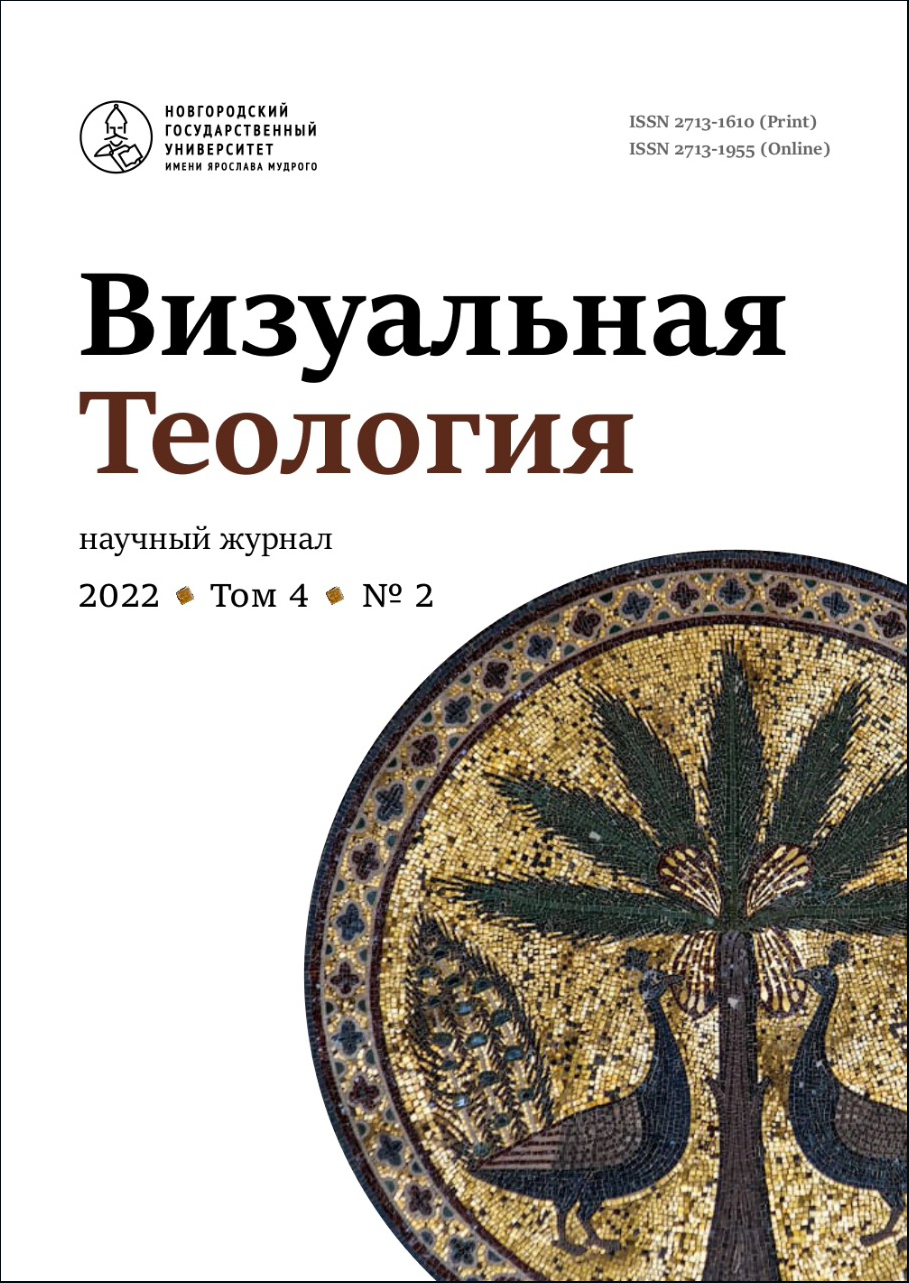Interpretation of Sophia the Wisdom of God in Russian Philosophical Sophiology
Abstract
The article opens a number of studies devoted to the theme of Sophia the Wisdom of God in the history of Russian Christian fine art and sacred architecture. The Cathedral of Veliky Novgorod, built in the 11th century, is one of the oldest religious buildings dedicated to St. Sophia. The question about the name of the Novgorod cathedral a few centuries after its construction caused a theological discussion, and in the 19th and 20th centuries brought to life religious and philosophical Russian trend – the tradition of Sophiology. The icon of Sophia the Wisdom, which occupies a completely unique place in the history of Russian iconography, has not yet received a generally accepted interpretation. Various philosophical theories aimed at explaining the content of this icon, as well as at reconstructing the meaning of the very name of Sophia the Wisdom, are explored in this article. For Vladimir Solovyov, Sophia is the personification of the unity of cosmos, a character in his mystical poetry and a mythological “Soul of the World” within the framework of his philosophy of unity. The priest Pavel Florensky describes Sophia as the divine nature of all living beings, the “ideal personality of the world”, often merging with the Mother of God in minds of people. Sergei Bulgakov connects Sophia with the divine essence of the Trinity, and with the highest principle of the world order, and with the angel. All these philosophers try to arbitrarily interpret the plot of the icon of St. Sophia and the name of Russian churches in honor of St. Sophia to substantiate their religious and philosophical concepts, which are far from Christian orthodoxy.


